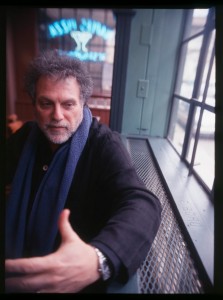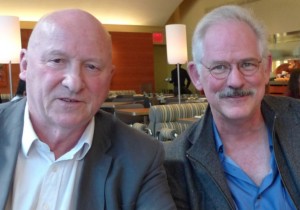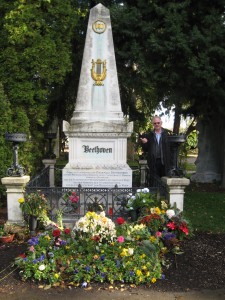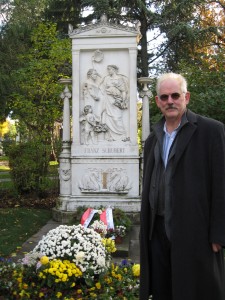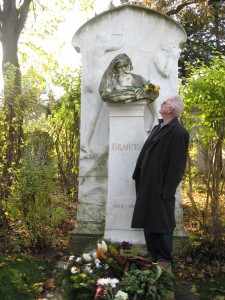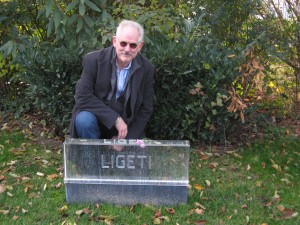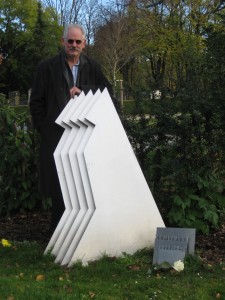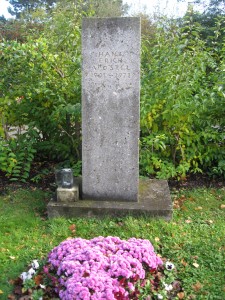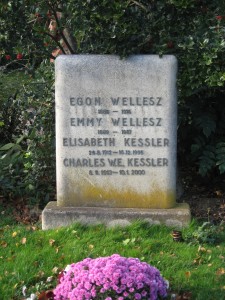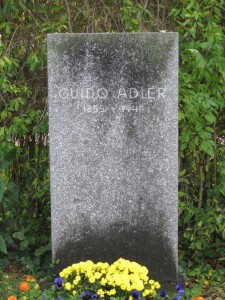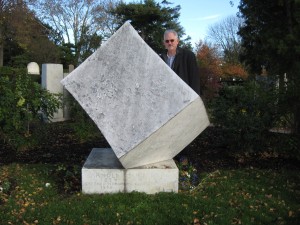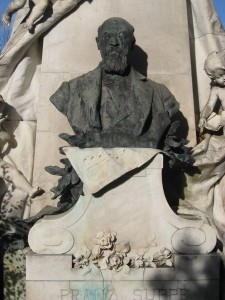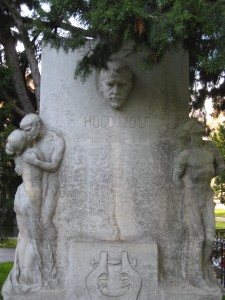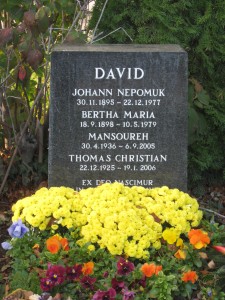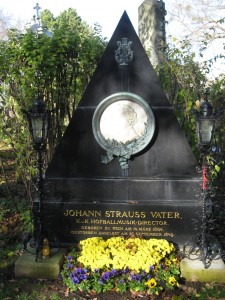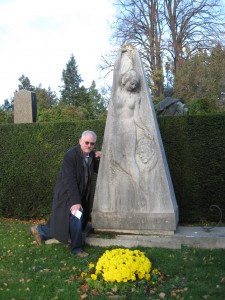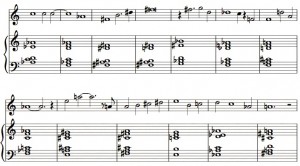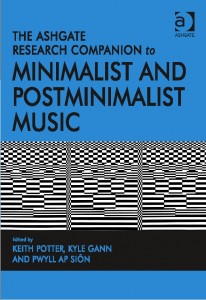Holy shit. Critic Steve Smith of the Times has proclaimed Dennis Johnson’s November, which I reconstructed and Andrew Lee recorded on Irritable Hedgehog, as the number one best classical recording of 2013. Of all of the ventures I’ve taken on in my life, I would not have picked this one to garner as much public resonance as it’s received. I was talking to my good friend, radio personality, and songwriter extraordinaire David Garland about it recently, and pointed out that I had also resurrected Harold Budd’s Children on a Hill, which is incredibly beautiful. “Incredibly beautiful by itself is never enough,” he said. There’s something about Dennis Johnson being an underappreciated underdog, he thought, that made a story that resonates with people. It’s not just that November‘s a wonderful piece, but that it disappeared for fifty years, that it anticipated so many of aspects of minimalism, and that Dennis didn’t get credit for all that. The public (and critics) don’t just want great music, they want a stunning narrative to go with it. If I go down in history as primarily the resurrector of November, I will be very disappointed, but it will make a certain kind of sense.
[I should clarify that while Steve Smith does write for the Times, this particular list appeared in Time Out.]

